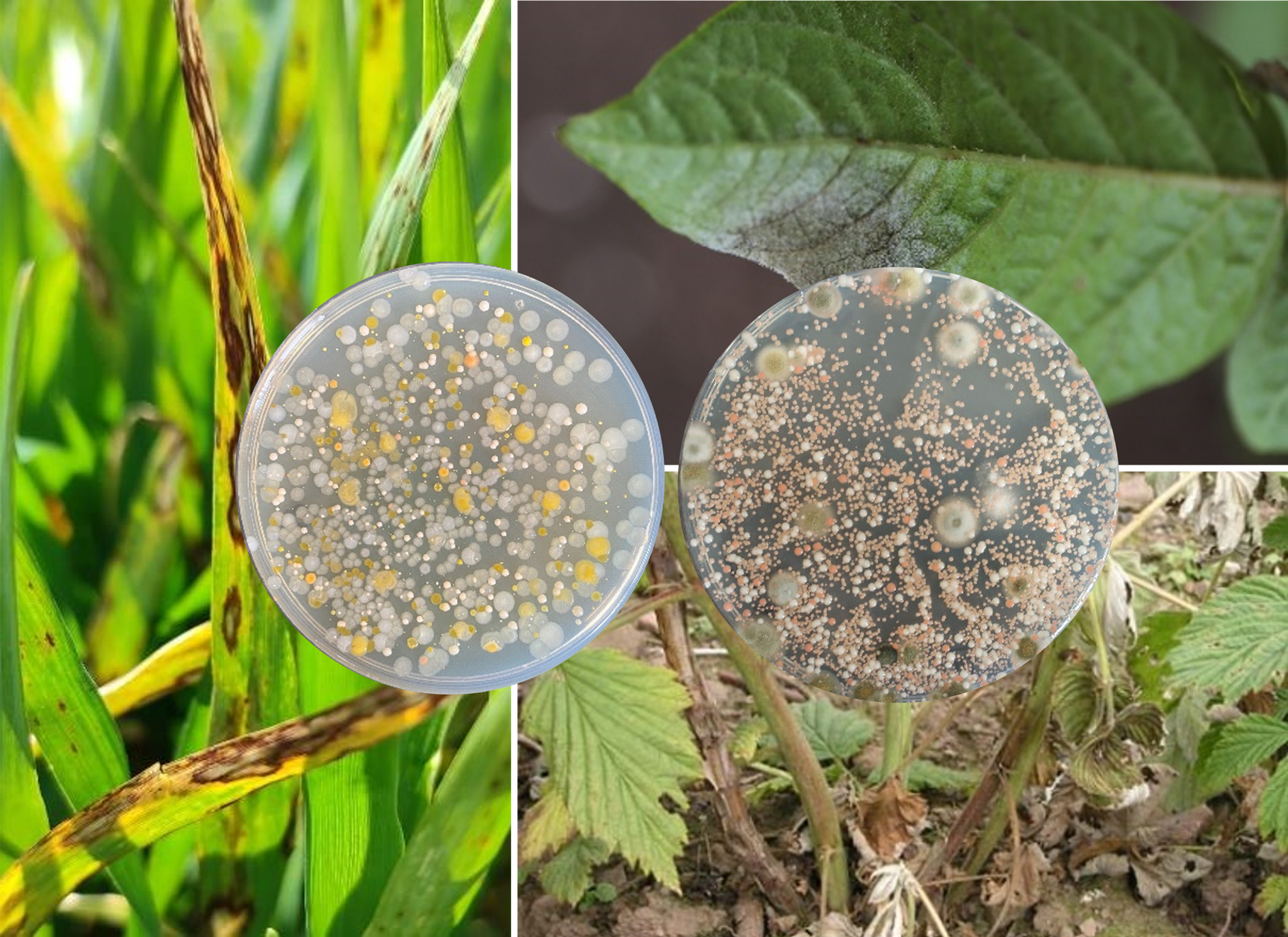Plant microbiome-based approaches to minimise the numbers of pathogens, whether endemic or introduced, focus on enhancing the natural protective function of the microbial community associated with the plant and the plant’s own immune responses. The plant microbiome comprises a diverse and complex array of microorganisms that maintain a close and often mutually beneficial relationship with the host plant. These microbes perform a range of essential functions that support plant health. For example, arbuscular mycorrhizal fungi (AMF) improve the uptake of phosphorus, nitrogen, and other micronutrients from the surrounding soil. Similarly, nitrogen-fixing bacteria present on leaf surfaces convert atmospheric nitrogen into forms that are readily available for plant use.

A well-characterised function of the microbiome is protection of the plant host, either through active competition against pathogenic microbes or by inducing natural resistance in the plant. Therefore, applications that can enhance microbiome function or supplement it with beneficial organisms represent another promising strategy for disease management. In addition to direct application of microbial biostimulants, indirect strategies such as integrated cropping systems and soil amendments can help shape the microbiome by promoting pathogen-suppressive soils and improving overall plant resilience.
Advancements in next-generation sequencing technologies have made it possible to track changes in the plant microbiome, evaluate the risk of emerging diseases, and distinguish the features that separate healthy microbiomes from those associated with disease. This data can guide the targeted introduction of biologicals to support plant health. When integrated with traditional crop protection tools, these microbiome-based approaches offer opportunities to reduce reliance on chemical pesticides, mitigate risks to non-target organisms, and lower environmental impact as part of a broader integrated pest management (IPM) strategy.
Our research has explored various approaches to induce natural plant host resistance with the goal of reducing disease caused by pathogenic microorganisms. This includes research into the use of the microbiome of specific plant compartments, including seed, root (rhizosphere), and foliar (phyllosphere) environments. One major finding is that plant-microbe-microbe interactions are dynamic, with a degree of specificity depending on the plant species and compartment.
This is an exciting field with great potential, although it is still in relative infancy. As with any individual IPM approach, these methods are not meant to replace highly potent fungicides or antimicrobials used historically. Instead, they operate through entirely different mechanisms, targeting specific plant systems and working as part of a broader strategy, where multiple modest improvements can lead to substantial overall impact.
For further details contact Lorena Rangel
References:
Rangel, L.I., Leveau, J.H.J. 2024. Applied microbiology of the phyllosphere. Appl Microbiol Biotechnol 108, 211. https://doi.org/10.1007/s00253-024-13042-4
Rangel, L. I., Hamilton, O., de Jonge, R., & Bolton, M. D. 2021. Fungal social influencers: secondary metabolites as a platform for shaping the plant‐associated community. The Plant Journal, 108(3), 632-645. https://doi.org/10.1111/tpj.15490
Escudero-Martinez, C., Coulter, M., Alegria Terrazas, R. et al. 2022. Identifying plant genes shaping microbiota composition in the barley rhizosphere. Nat Commun 13, 3443. https://doi.org/10.1038/s41467-022-31022-y
